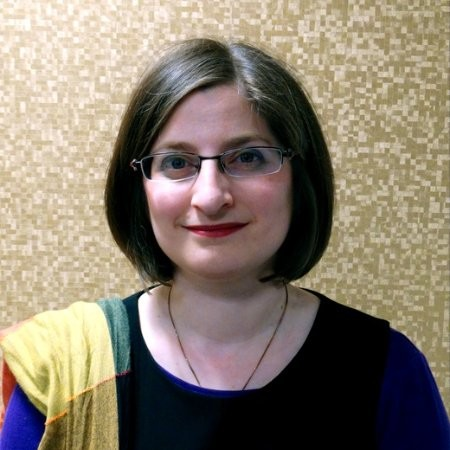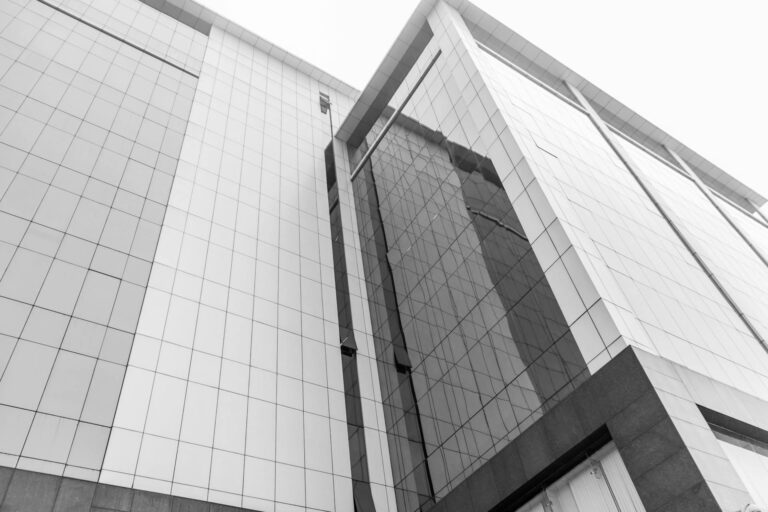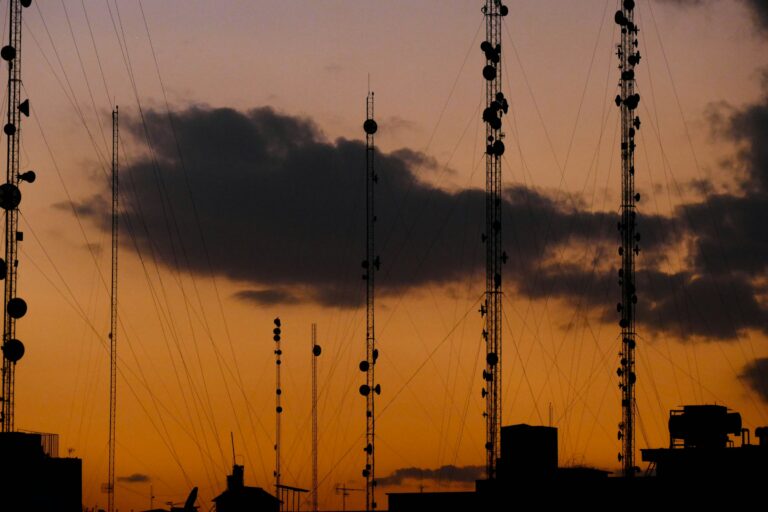
According to a recent report from the United Nations, more than two thirds of the world’s population will be living in urban areas by 2050. The report also predicts that, by 2030, there will be 43 ‘megacities’, each home to more than 10 million inhabitants. As their number and size continue to grow, so too do the pressures on these urban environments.
The health of the world’s city dwellers is under threat from growing levels of industrial pollution, while climate change is leading to increasing incidents of fire, flooding and drought. What’s more, the mass migration of refugees looking to escape areas of ongoing conflict is causing the population of urban areas to explode further.
Faced with challenges such as these, city leaders need solutions that will help them to make better decisions, reduce risks, and manage resources more efficiently and effectively. By leveraging technology to collect and analyse vast amounts of data from across the city, the smart city model will go a long way to supplying these solutions. However, to deliver this vision, intelligent thinking and a view of the bigger picture will be required.
Powered by data
Electronic sensors are deployed throughout a smart city, collecting data on specific aspects of its running such as traffic flow, pollution levels, or energy usage. When connected, these sensors form an Internet of Things (IoT) network that collects and delivers a steady stream of data to the city’s local government. By interrogating this data with analytics tools, it’s possible to gain useful insights into the state of the city that can be used to inform the choices made by key decision-makers.
Successful city leaders will do what they can to provide their citizens with a clean, safe and hospitable environment in which to live, and it’s important they do so as cost-efficiently as possible, in order to minimise the tax burden on their city’s inhabitants. But, if the quality of the data they use is poor, their task is made that much more challenging.
Poor quality, fragmented data can make it hard for city leaders to see the bigger picture and spot emerging trends. This lack of clarity, combined with obstacles commonly encountered in the public sector such as management change and a siloed approach to IT, can make it practically impossible to carry out strategic planning on a large enough scale.
It’s clear, then, that making the transition from a traditional city to a smart city is far from easy, and it’s in recognition of this that the European Union is funding the bIoTope smart city project, as part of its Horizon 2020 research and innovation programme.
In collaboration with The Open Group, industry players, and academic institutions, bIoTope has rolled out a series of smart city pilot projects in Brussels, Lyon, Helsinki, Melbourne and St Petersburg, each of which will provide proofs of concept for applications including smart metering, smart lighting, weather monitoring, and the management of shared electric vehicles. The project’s ultimate aim is to showcase the benefits of utilising the IoT, such as greater interoperability between the systems used within a smart city, as well as providing a framework for privacy and security in order to guarantee that data is used responsibly.
Open standards and interoperability
The future development of smart cities will be dependent on the use of open, non-proprietary standards. Take, for example, a citizen of a smart city being driven to the office in an autonomous vehicle. Once they’ve arrived and left the vehicle, it will need to connect to the city’s IoT infrastructure to communicate with local facilities in order to find a nearby parking space and charging point. For this interaction to succeed will require each different system concerned to be able to communicate seamlessly with each other.
As such, smart cities need an agreed standard for data formatting and messaging structures between different system manufacturers. Without these, there will be little or no interoperability, and smooth interactions between systems would be impossible.
A number of technology standards already exist that enable the free flow of information and support the convergence of disparate emerging technologies within one single platform. Two standards, the Open Messaging Interface (O-MI) and the Open Data Format (O-DF), for example, have been designed specifically to provide service interoperability within the IoT, delivering the structure and common language required for conformance.
Data is fundamental to the success and smooth running of a smart city. Not only must it be of the highest possible quality, but to deliver the necessary actionable insights it must be able to flow freely between systems, sensors and devices, regardless of manufacturer or vendor. The bIoTope project is demonstrating how open standards can deliver on the promise of the smart city model. Successfully transitioning to a smart city will take considerable cooperation between a number of different stakeholders, though – from urban planners and enterprise architects, to academics, industry players and standards bodies.
Faced with increasing external pressures, only with these open standards in place will our ever-growing cities be able to offer a clean, safe and hospitable environment to the millions of people that live within them.

Dr. Michelle Supper, Forum Director of The Open Platform 3.0TM Forum at The Open Group


